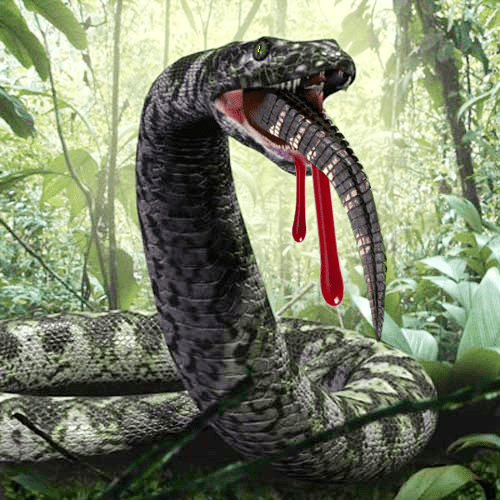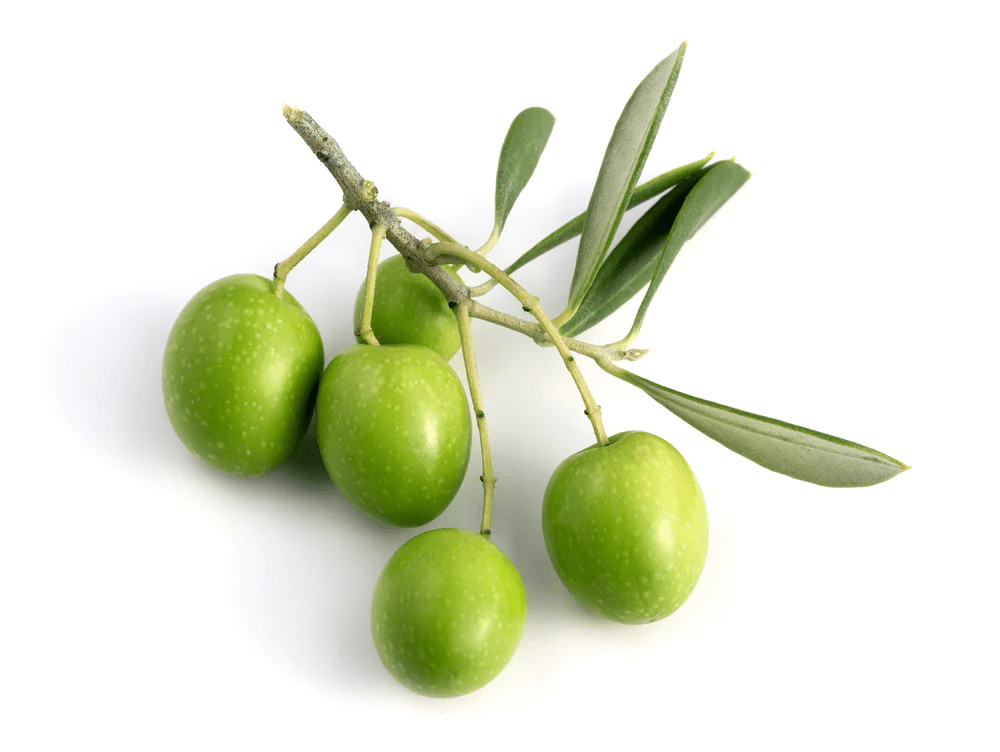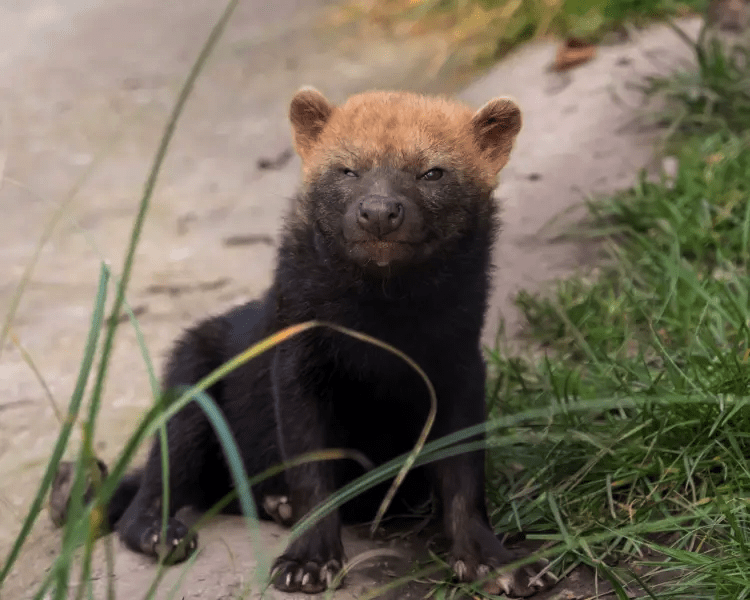

#1. Is this animal extinct?
Incorrect.
Titanoboa is in fact extinct. It lived in Columbia 58-60 million years ago. Not many animals can devour a crocodile, but the giant snake Titanoboa cerrejonensis was the beast for the job. With a length of almost 43 feet and weighing 2,425 pounds, the thickness of its body could reach up to a man’s waist. Titanoboa means “monster snake.” That name fits it just fine because, when thinking of the proper adjective to describe its massive size, “huge” is an understatement.
You're correct!
Titanoboa is extinct. It lived in Columbia 58-60 million years ago. Not many animals can devour a crocodile, but the giant snake Titanoboa cerrejonensis was the beast for the job. With a length of almost 43 feet and weighing 2,425 pounds, the thickness of its body could reach up to a man’s waist. Titanoboa means “monster snake.” That name fits it just fine because, when thinking of the proper adjective to describe its massive size, “huge” is an understatement.

#2. Fruit or vegetable?
Incorrect.
Although they are not sweet like most fruit, an olive is a fruit. Olives are so bitter that they cannot be eaten raw, and must be soaked in brine to become edible.
Correct!
Although they are not sweet like most fruit, an olive is a fruit. Olives are so bitter that they cannot be eaten raw, and must be soaked in brine to become edible.

#3. Real sugar or sugar substitute?
Incorrect.
Xylitol looks and tastes like sugar but has fewer calories and doesn’t raise blood sugar levels like other sweeteners. Categorized as a sugar alcohol, xylitol is used as a sugar substitute for diabetics and other people who want to avoid sugar, but still enjoy sweet treats. It can be found in most sugar free gum.
Correct!
Xylitol looks and tastes like sugar but has fewer calories and doesn’t raise blood sugar levels like other sweeteners. Categorized as a sugar alcohol, xylitol is used as a sugar substitute for diabetics and other people who want to avoid sugar, but still enjoy sweet treats. It can be found in most sugar free gum.

#4. Correct pronunciation of these cherries?
Incorrect.
Don't say: Mare-uh-sheeno. Instead say: Mare-uh-skeeno.
Correct!
They are pronounced Mare-uh-skeeno, not Mare-uh-sheeno.

#5. Bear or dog?
Incorrect.
The bush dog, also called savannah dog, is a canine found in Central and South America, mostly in Suriname, Guyana and Peru. An adult averages about 15 pounds and can breed all year. It is often mistaken as a bear cub.
Correct!
The bush dog, also called savannah dog, is a canine found in Central and South America, mostly in Suriname, Guyana and Peru. An adult averages about 15 pounds and can breed all year. It is often mistaken as a bear cub.


